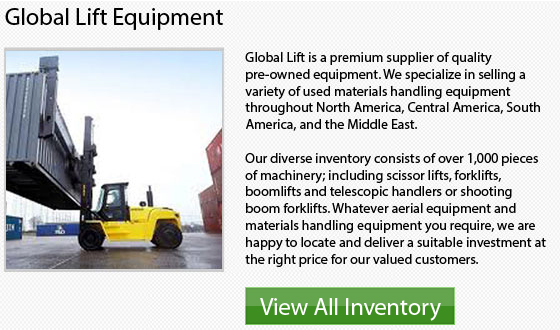
Crawler Crane
The mobile crawler crane is specific crane designed with either a lattice boom or a telescopic boom. These move upon the crawlers tracks. As this crane is self-propelled, it could move around particular work locations without the need for much set up. Because of their enormous size and weight, crawler cranes are rather costly and even hard to transport from one site to another. The crawler's tracks provide stability to the equipment and enable the crane to function without utilizing outriggers, although, there are several units which do utilize outriggers. As well, the tracks provide the movement of the equipment.
Early Mobile Cranes
The very first mobile cranes were initially mounted to train cars. They moved along short rail lines which were specially constructed for the project. Once the 20th century arrived, the crawler tractor evolved and this brought the introduction of crawler tracks to the agricultural business and the construction business. Not long after, the crawler tracks were adopted by excavators and this further featured the versatility of the equipment. It was not long after when crane companies decided that the crawler track market was a safe bet.
The First Crawler Crane
In the 1920s, Northwest Engineering, a crane company within the United States, mounted its very first crane on crawler tracks. It described the new equipment as a "locomotive crane, independent of tracks and moveable under its own power." By the mid-1920s, crawler tracks had become the chosen means of traction for heavy crane uses.
The Speedcrane
Developed by Charles and Ray Moore of Chicago, Illinois; the Moore Speedcrane was one of the first to attempt to replicate rail lines for cranes. Manufactured in Fort Wayne, Indiana, the Speedcrane was 15 ton, steam-powered, wheel-mounted crane. During 1925, a company referred to as Manitowoc Shipbuilding Co, from Manitowoc, Wisconsin recognized the tracked crane's marketability and potential. They decided to team up with the Moore brothers in order to manufacture it and go into business.